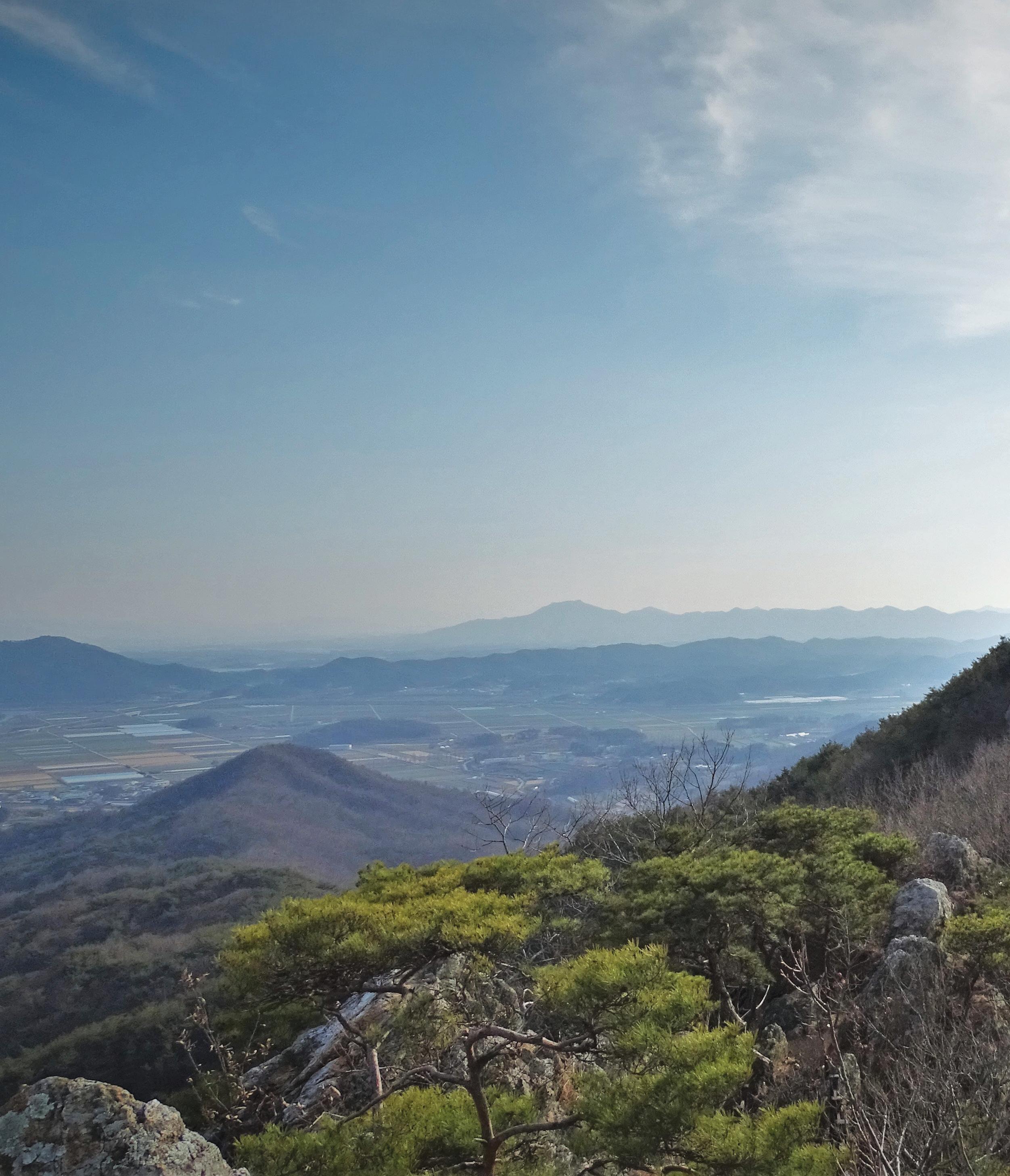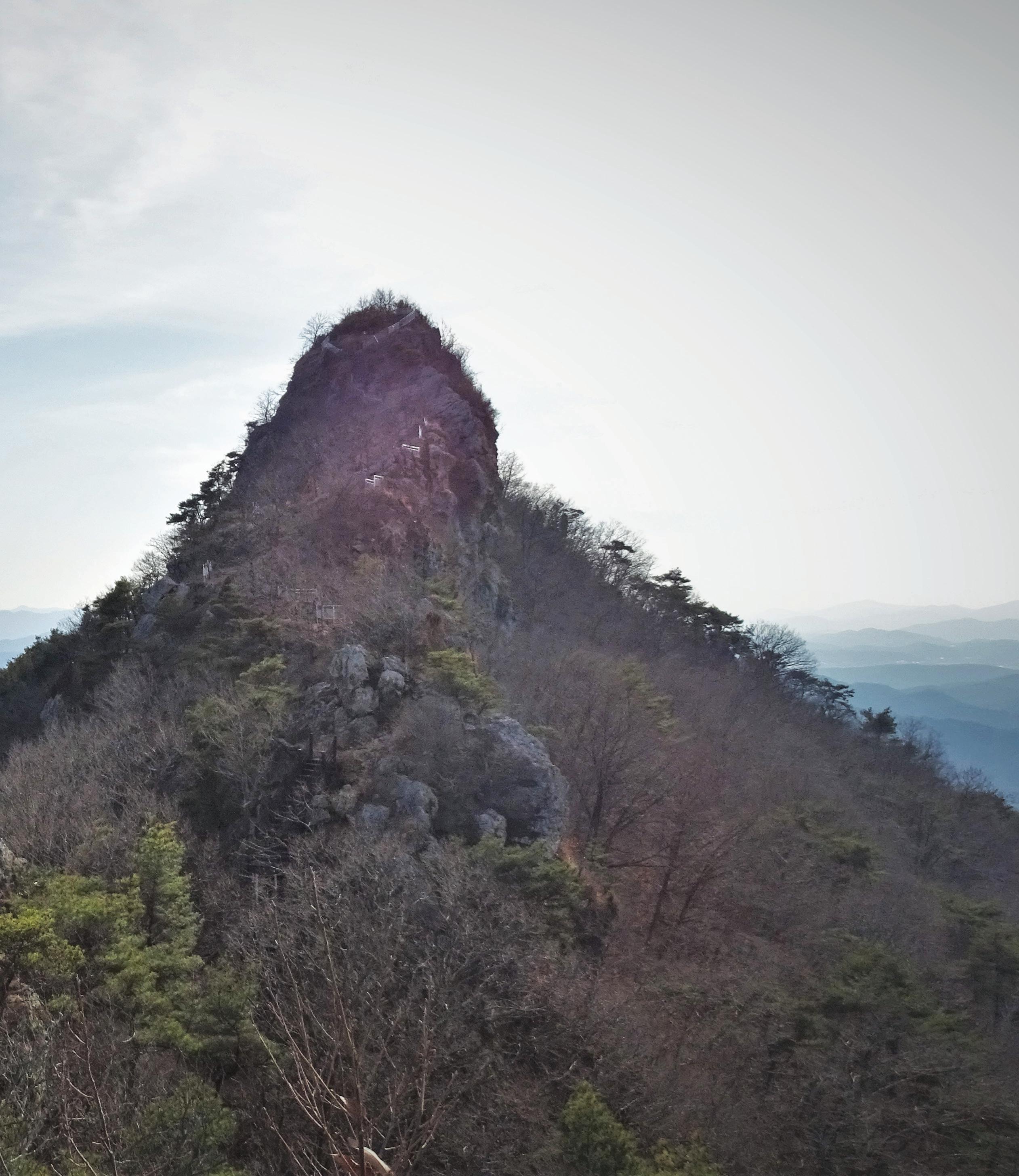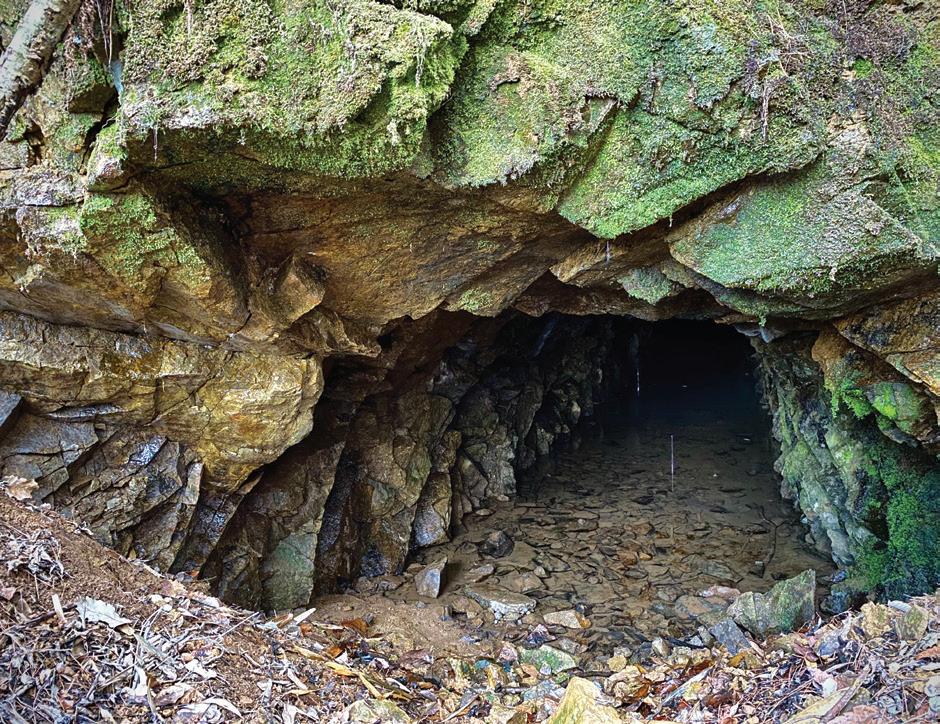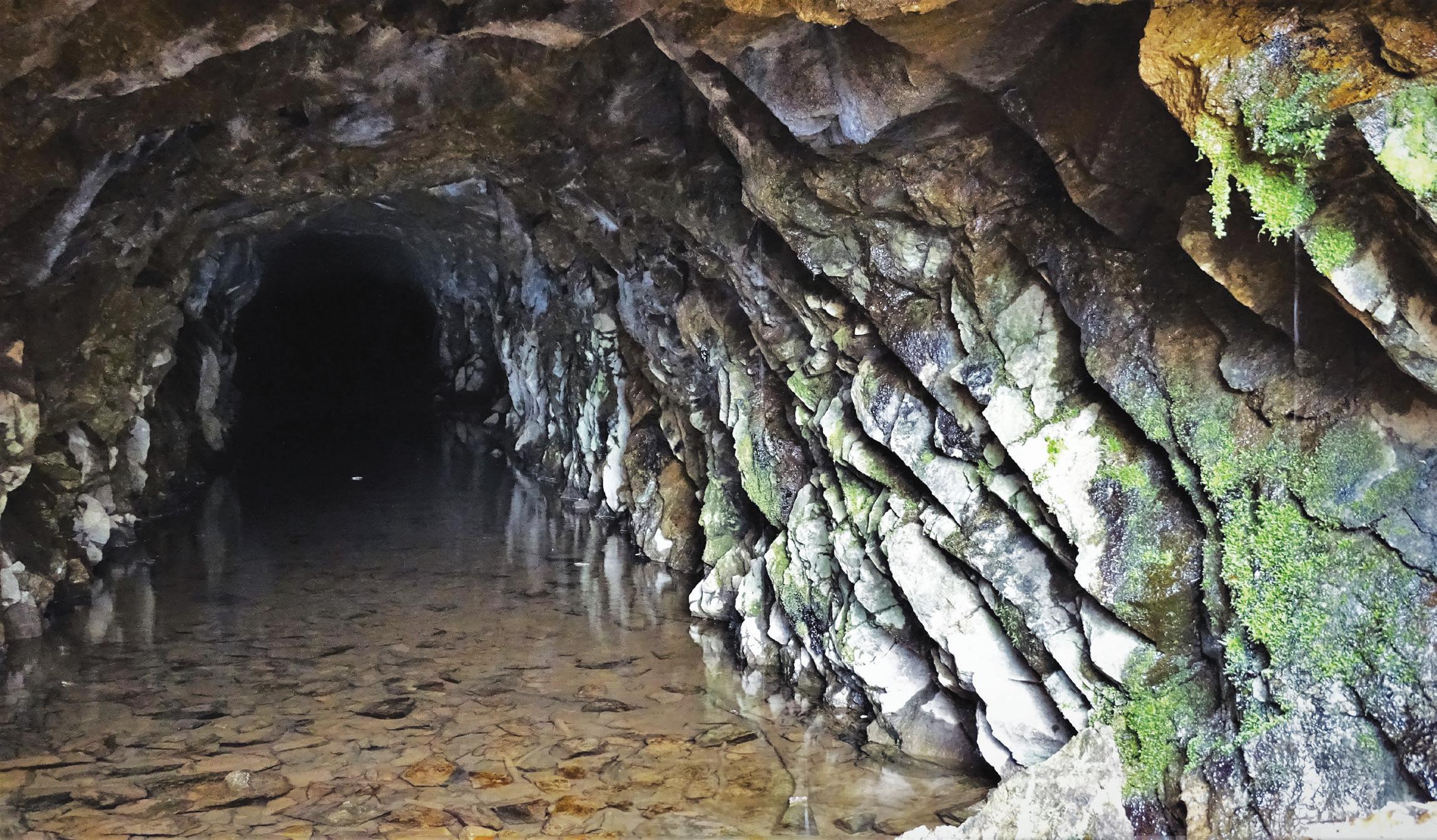
5 minute read
Lost in Gwangju: Fathoming Gwangsan-gu and Its
Fathoming Gwangsan-gu And Its Abandoned Goldmine
Written and photographed by Isaiah Winters
Advertisement
The names of Gwangju’s administrative districts are pretty easy to intuit, with each corresponding to a point on a compass: Buk-gu (North District), Nam-gu (South District), Dong-gu (East District), Seogu (West District), and Gwangsan-gu (uh… Central District?). The latter is, of course, a prominent outlier as far as district naming is concerned. So, what does Gwangsan-gu actually mean, and what sets it apart? Embarrassingly, I only recently stopped to consider this after discovering a gaping hole in one of its mountains.

Entrance to the abandoned goldmine.

Usually, when I think of Gwangsan-gu, I reduce it to its surface-level urban planning, which I’m not overly fond of. Comprised largely of sterile, high-rise apartments, it manages to blend modern, high-density living with poor suburban walkability for a soulless finish. Given this arrangement, it’s essentially built around the preferred mode of transport in North America: the automobile. After having lived in Gwangsan-gu for two years – one with a car and one without – I’ve noticed that the bus rides I used to take downtown felt more like trips to another city. Ultimately, it was just a place to work and sleep, while other districts were where the fun was.
That perception partly changed once I found myself staring into the abyss before me – a wide open drift mine that quickly turned colder and blacker with every meter. Located a ways up the side of Yongjin Mountain, this former goldmine sits on land still owned by Doosan Group (a large conglomerate) and Sebang Global Battery (a large battery maker), both of which have proudly flanked the local trailhead with signs stating the area is where “One Company, One Mountain Love of Nature” is put into action. Whatever that actually entails is beyond me – I just hope they use protection.
At first, I thought the existence of this and other mines in the area explained the meaning of Gwangsan-gu – after all, gwangsan translates to “mine” in English. However, someone far brighter than me with knowledge of hanja (Chinese characters) set me straight: Based on the hanja, the gwang (光, 광) in Gwangsan-gu is the same as the gwang in Gwangju, so the full name actually means “Mountain-of-Light District.” Therefore, it seems that “mine” gwangsan and “mountain of light” gwangsan are just coincidental homonyms.
Though not much seems to exist online about the goldmine’s past, another sign at the trailhead mentions that it was quite active during the Japanese occupation era, and this made the nearby village of Imgok quite wealthy by the standards of the day. The sign further states that the area around Yongjin Mountain was where Gwangju’s local euibyeong (의병, Righteous Army) was based. Raised in the cause of justice, this army was just one of many manifestations of active resistance to Japanese occupation, which lasted from 1910 to 1945. Today, the occupation and mining exploits are long over, but the village of Imgok still remains. Sadly, the only thing that subsequently kept the village on the map – Imgok Station – was closed in 2015.
Contrary to my nature, I haven’t gone inside the goldmine and don’t plan to do so. Entering would require an investment in gear, like rain boots, a raincoat, and a headlamp – and hauling all that up to the mine would draw suspicion from passersby. What’s more, the mine entrance is right next to a rest area with facilities that attract many hikers – and there’s always someone everywhere in Korea, so good luck fitting on a raincoat, headlamp, and pair of boots without drawing attention. Another issue is that the floor is submerged in water with more constantly dripping down from the low, jagged ceiling. What exactly is in that water and what effect it would have on me and my camera are things I don’t want to find out. On top of all this, there are the obvious dangers of getting lost or trapped, not to mention the worst possible outcome of all: horrible-looking flash photography. Eek!
Lest you think I’m a saint (or a coward) when it comes to mines, I had my share of subterranean adventures while living in Eastern Europe. The first abandoned mine I entered there was at Roșia Montană in Transylvania, Romania. Closed in 2006, the formerly state-owned goldmine became a source of controversy in 2013 when a Canadian-based mining company by the name of Gabriel Resources sought to resume mining there, which would’ve put the area’s ancient Roman mines at risk and worsened the region’s cyanide pollution. Today the battle rages on, with Gabriel Resources slapping the Romanian government with a $4.4 billion lawsuit and said government working to get the area recognized as a UNESCO World Heritage Site for its protection.
On my visit to Roșia Montană in 2016, we had arrived too late to tour the Roman mines and so opted for some trespassing instead. Following detonation wire found in the rubble, we noticed that the numerous drift mines had all been blasted in, though not fully enough to prevent us from slipping through cracks in the boulders. Using the evening sunlight’s favorable slant to light our way, we continued walking in until we heard something dripping from above. Earlier, we’d noticed a tailing pond of bright red liquid above that exact mine, so with that in mind, we wisely left before any of it could drip on us. That memory
Of course, the old, abandoned goldmine isn’t the only alluring aspect of Yongjin Mountain, so there’s still reason enough to make the journey out there. Hiking is particularly good in the area, with the twin peaks of Tobong and Seokbong being nice climbs of roughly 300 meters each. Seokbong offers a particularly dramatic view of the surrounding area, as it shoots up almost vertically with nothing around to obstruct the view. Despite the rockiness of its sheer, windswept peak, there’s a little bamboo forest at the top with a trail running through it – a rewarding complement to the excellent view of Gwangju from its Mountain-of-Light District.

P.S. A big thanks to Warren Parsons for tipping me off about the goldmine’s whereabouts.
The Author
Originally from Southern California, Isaiah Winters is a Gwangju-based urban explorer who enjoys writing about the City of Light’s lesser-known quarters.
▲ A view of Gwangju beside Seokbong’s reed grass.
A deeper view into the abandoned goldmine.











